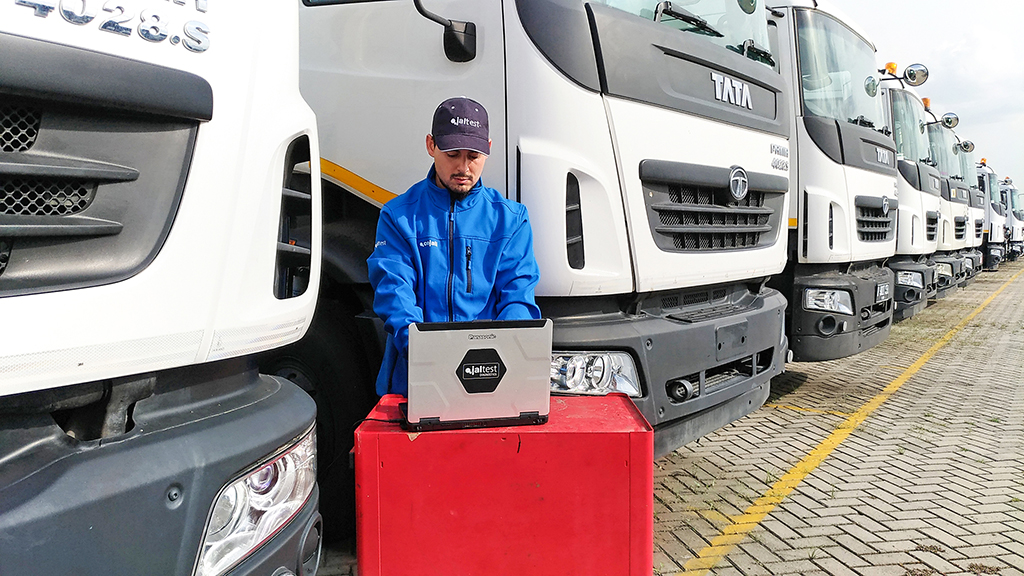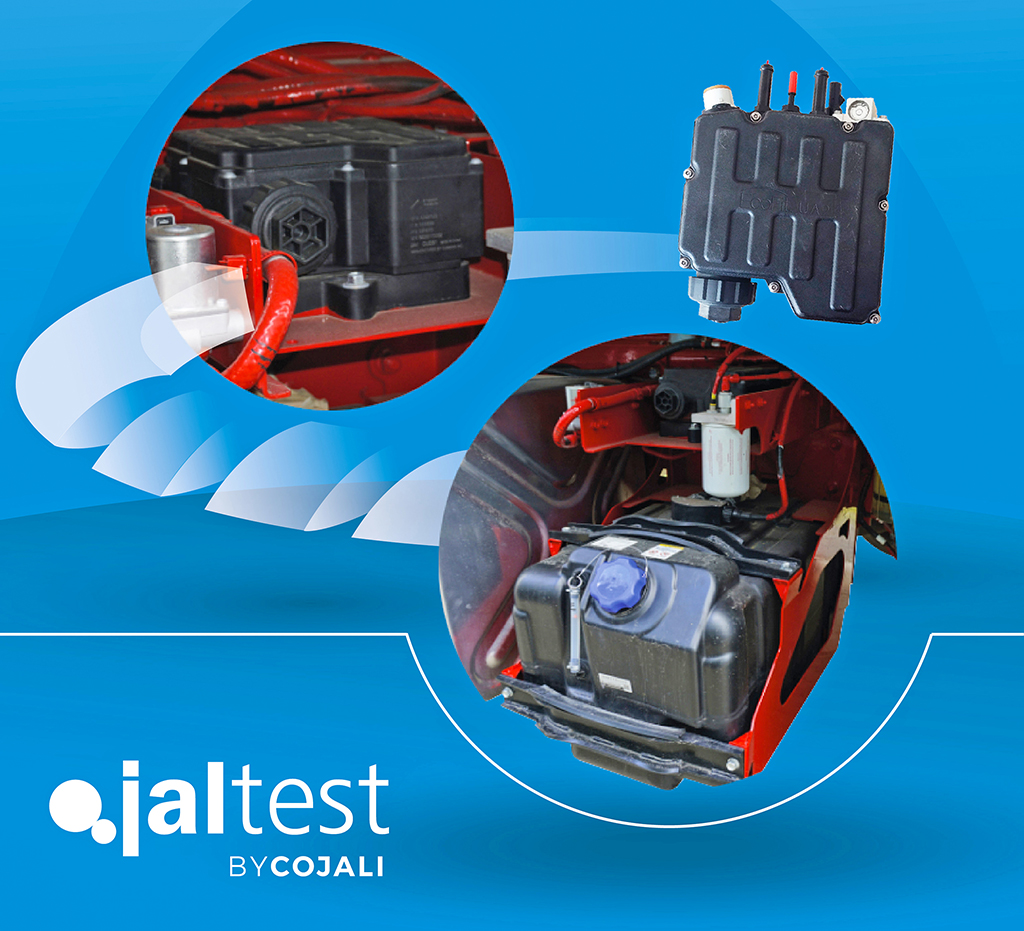
Jaltest strives to solve problems related to the exhaust after-treatment system and many other problems that may appear in an industrial vehicle and that make up the day-to-day life in a workshop
Developments in the heavy-duty vehicles sector and in all diesel engines have led to an increase in the complexity of anti-pollution systems. However, this was not always the case. There was a time, which some mechanics refer to as ‘the good old days’, when filters, catalytic converters and other after-treatment systems did not exist. The introduction of the Bharat Stage VI (BS-VI) regulations in 2020 by the Indian government has brought significant change in the technology of internal combustion engine vehicles.

The new BS-VI regulations have meant the implementation of the latest technology related to anti-pollution system in new vehicles. These regulations have changed the world of heavy-duty vehicles forever. Today, every truck needs a DPF filter together with a robust exhaust after-treatment system, including AdBlue dosing. Nevertheless, the difficulty here lies in the repair and maintenance of these systems since they are electronically controlled and require advanced technical knowledge for the correct use of sensors, calibrations and pressure and temperature checks.

The main goal of anti-pollution systems is to reduce the emission of pollutant gases, of which NOx gases are the most important. The emission of NOx gases has severe consequences for both the environment and human health. Therefore, in BS-VI-compliant commercial vehicles, components such as EGR, DPF, DOC and SCR can be found, which work together to reduce the emission of pollutant gases produced by the internal combustion engine. The multi-brand and multi-system Jaltest Diagnostics scanner is up to the new BS-VI standard, including the coverage of these anti-pollution systems. The Jaltest Diagnostics scanner coverage stands out for including the calibration of the exhaust gas recirculation valve EGR.
The EGR valve is responsible for regulating the temperature inside the combustion chamber in the cylinder, which directly contributes to the reduction of NOx gases. With Jaltest Diagnostics scanner, it is also possible to regenerate the diesel oxidation catalyst (DOC) and the diesel particulate filter (DPF). The regeneration allows the particles that have been removed from the exhaust gases and are attached to the DOC and DPF to be burnt off. Last but not the least, the introduction of the BS-VI regulation has meant the implementation of the AdBlue dosing in the exhaust system. The AdBlue system is actually a selective catalytic reduction (SCR) system, which is located in the last section of the exhaust pipe. Here the exhaust gases are sprayed with a solution consisting of urea and water called AdBlue. In the SCR catalyst takes place the chemical reaction that transforms the exhaust gases together with the AdBlue itself into nitrogen and water. Jaltest Diagnostics has extensive experience in the diagnosis of these systems. The use of the Jaltest Diagnostics scanner is an excellent help when it comes to the maintenance and repair of the AdBlue dosing system. The device in charge of AdBlue dosing is equipped with special filters and, in addition, due to the composition of AdBlue, sometimes the pipes of the dosing system get clogged. All these maintenance and technical information can be found at Jaltest Diagnostics.